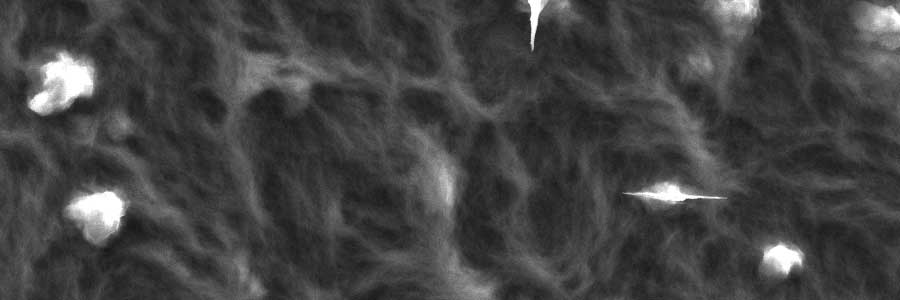Research directed towards responsive synthetic systems, which recreate functionality and complexity of natural systems, is a relatively new, interdisciplinary research area. Chemists working in this field has shown a great potential in providing building blocks to endow such systems with desired properties. Thus, structures responsive to various stimuli can be achieved, providing nanomaterials which can mimic and interact with natural systems. However, incorporating these artificial structures into working devices, often requires preparation of thin films of reconfigurable nanostructures, which is a non trivial challenge, since most of the up to date developed systems require solvent presence. The research dof our group aims to fill this gap by providing access to the desired reconfigurable assemblies of nanoparticles (NPs) in the solid state and other nanomaterials with tailored surface chemistry.
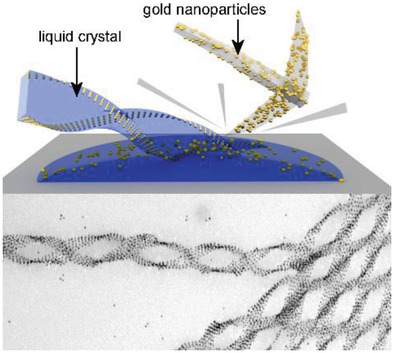 |
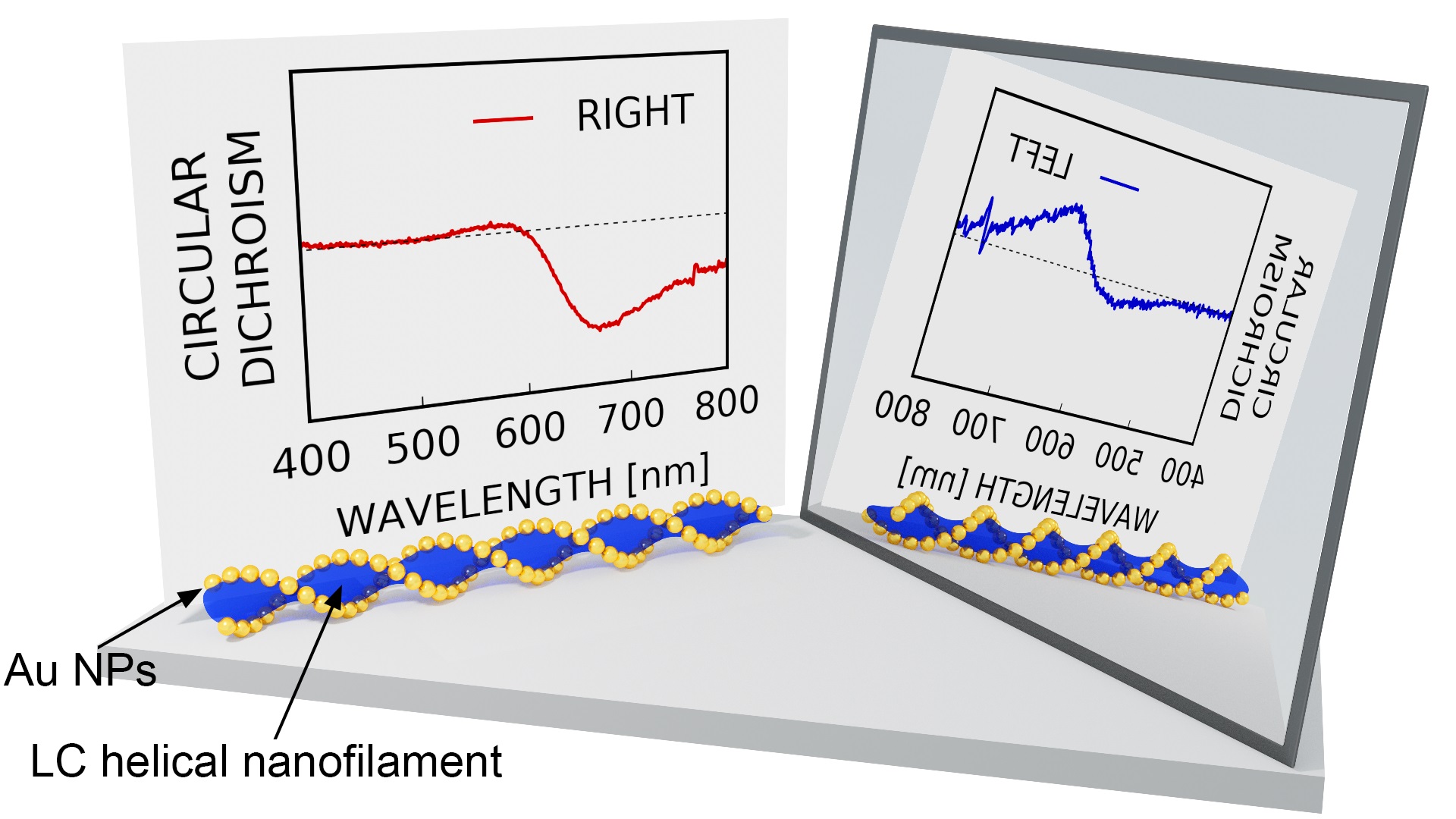 |
| Advanced Materials 2019 | ACS Nano 2020, under review |
DNA, collagen, and cuticle of some beetles are inspiring examples of how chiral (helical) arrangement of nanoscale building blocks can translate to unique optical and mechanical functionalities of materials. Beyond developing an understanding of how living organisms rely on these chiral materials, these examples become the basis for the construction of manmade, chiral nanoarchitecture with complex structure and chiral interactions with optical fields. In our laboratory, we developed a versatile platform (ACS Nano 2020 - under review, Advanced Materials 2019) for the creation of helicoidal, ordered nanomaterials that can enantiospecifically absorb circularly polarized light, which is interesting for several technologies relying on the symmetry breaking interactions (Advanced Materials 2020, review, accepted). We are now translating these efforts into nanocomposites with chiral light production.
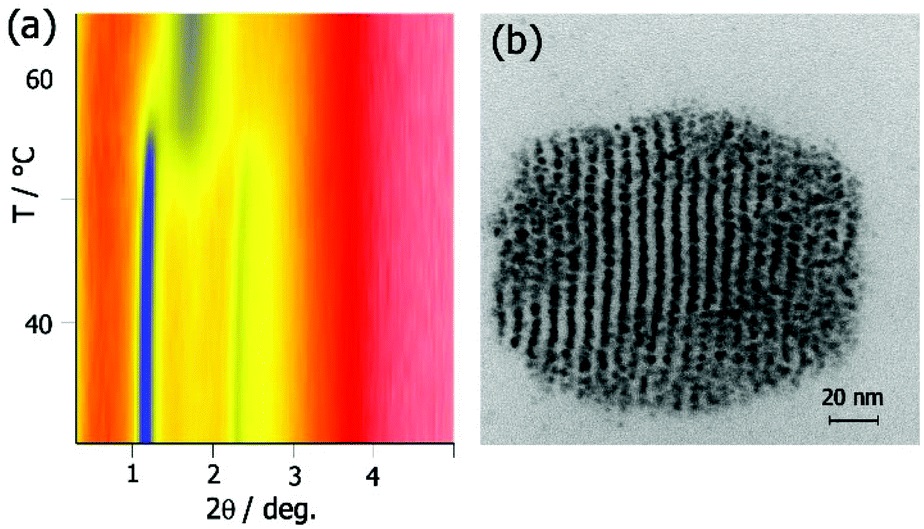 |
 |
| Nanoscale 2016, | ACS Nano 2020, under review |
Plasmonic nanoparticles (NPs) are nanostructures (objects much smaller than the wavelength of light) in which light can excite collective oscillations of free charge carriers, so-called localized surface plasmon resonances (LSPRs). LSPR effects are reflected in the concentration of light well below the diffraction limit and result in tremendous electromagnetic field enhancements. This means that solid-state materials made of plasmonic NPs possess the ability to resolve a variety of interdisciplinary problems related to materials science, chemistry, physics, and biology, by delivering structures with properties not known in Nature (so-called metamaterials). Using a soft materials approach e.g. prepared highly stable switchable plasmonic thin films (Nanoscale 2016, Chem. Mater. 2018), switchable metamaterials (Nature Communiactions 2015), and 1D periodic plasmonic arrangements (ACS Nano 2019). We specialize in spherical and anisotropic nanoparticle synthesis (ChemistryOpen 2019) and can produce a variety of hybrid structures including graphene oxide (Materials 2018, Nanomaterials 2019) .
 |
Semiconductor nanocrystals (quantum dots, QDs) are structures with diameters comparable to the size of the Bohr radius of the exciton (electron/hole pair). Due to the high quantum efficiency of luminescence and the possibility to tune the bandgap energy, quantum dot solids (solid-state materials made of QDs) have been under the spotlight of scientific and industrial research for more than a decade. The effective use of QDs solids is based on the ability to prepare these materials fast, relatively cheap, on a large scale, and with tailorable positioning of the building blocks. The easiest and most robust strategy to achieve this goal is through self-assembly. In our endeavor, we developed QDs solids exhibiting both structural and emission switchability (Chemistry of materials, 2019).
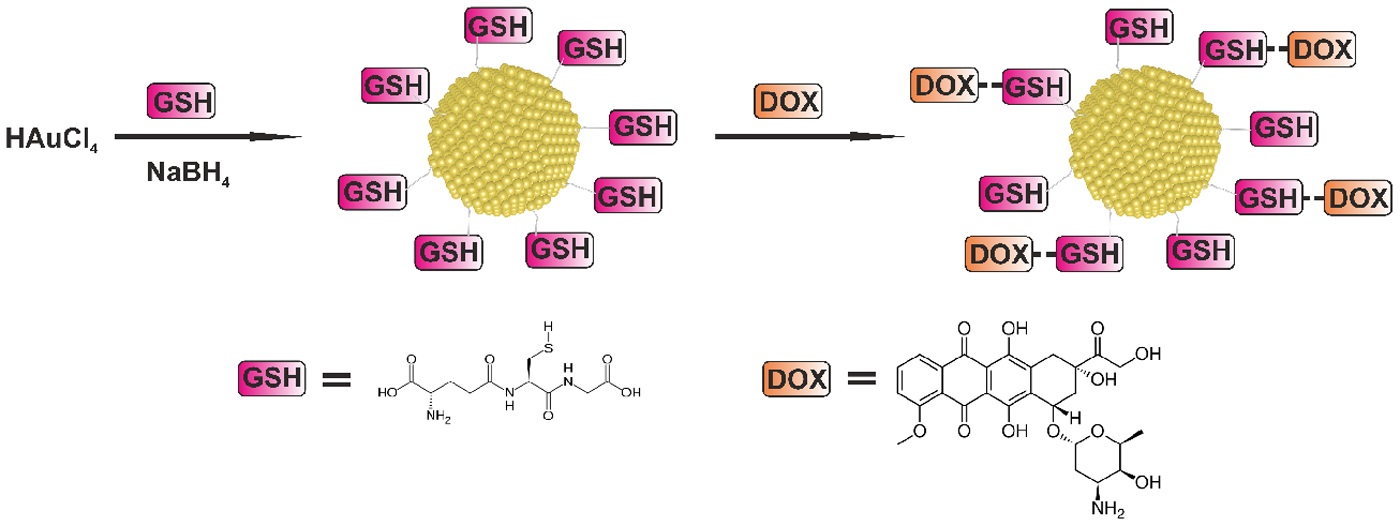 |
High stability, ease of surface modification, and size similar to proteins has made Au nanoparticles interesting candidate as a drug vehicle. We joint this effort and demonstrated a new therapeutic agent - doxorubicin conjugated to glutathione-stabilized gold nanoparticles. We proved it has higher cytotoxic effects than free doxorubicin for feline fibrosarcoma cell lines with high glycoprotein P activity (PLoS One 2015). And confirmed it’s efficiency towards the human and veterinary model used commonly used for preclinical oncological studies (Molecules 2017).
